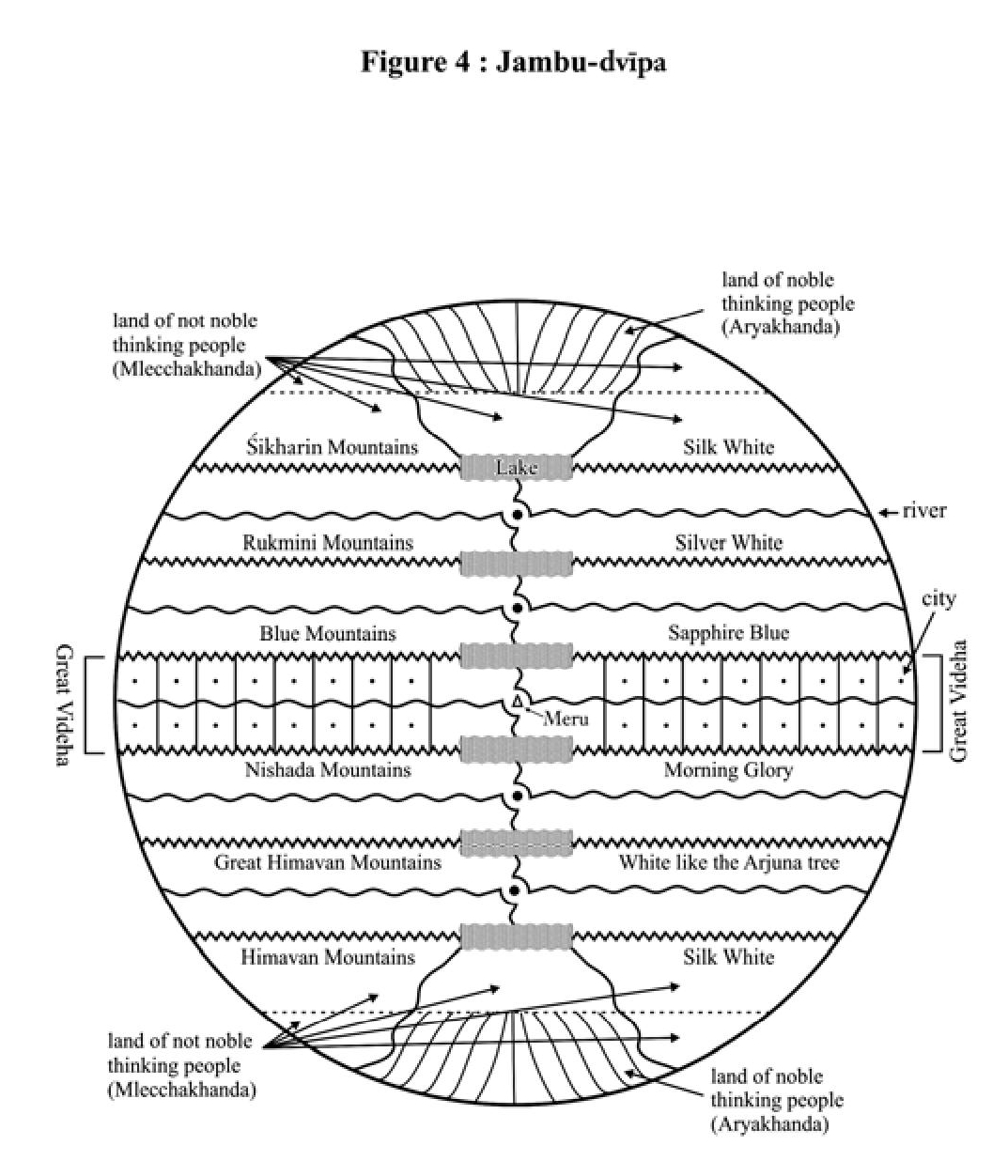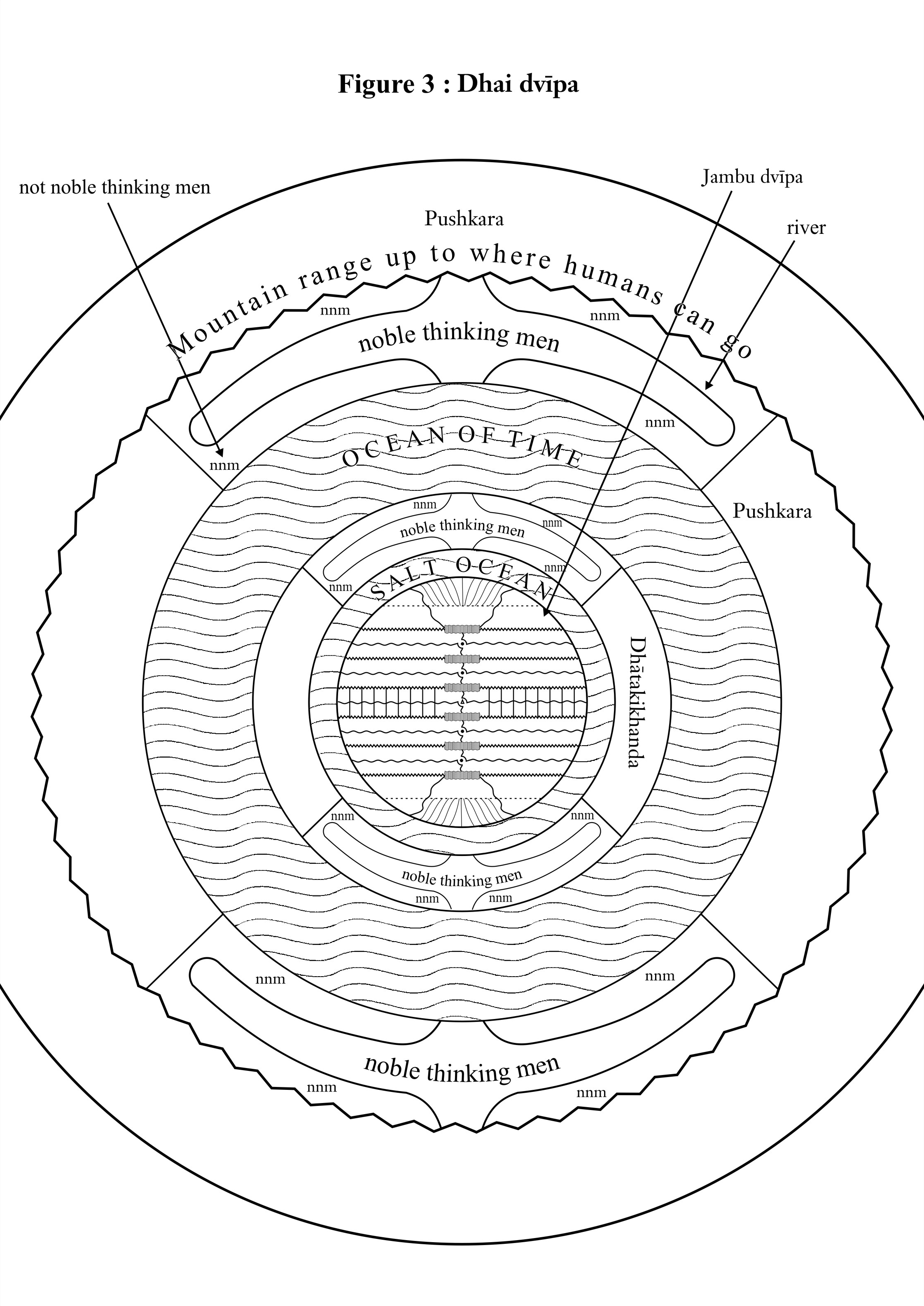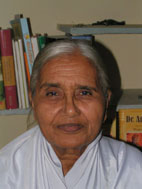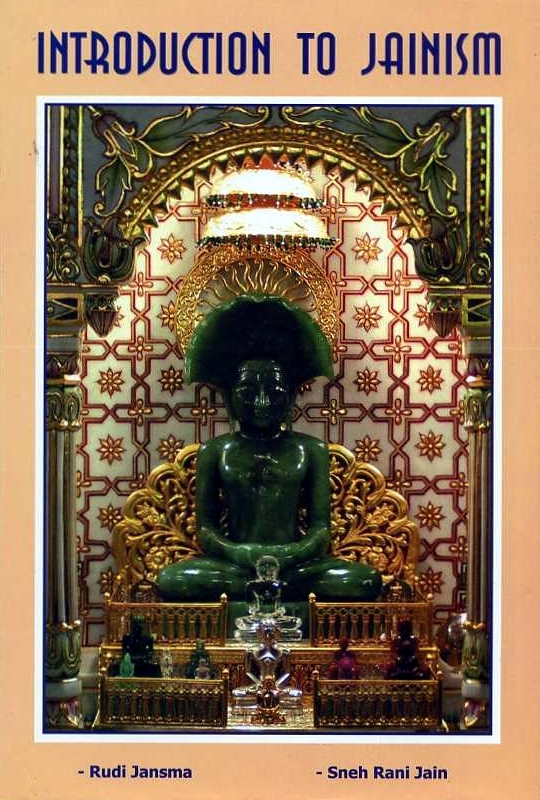The basic diagram of the Middle World is a flat disc without thickness, consisting of countless ring-shaped dvīpas - “island-continents” or “planets” with oceans in between. See Figure 2:

In Jain iconography we find innumerable colorful paintings, which depict this doctrine. The inner part of the flat middle world consists of a flat round disc named Jambū Dvīpa. It is surrounded by a saltwater ocean. In that ocean are islands inhabited by strange creatures, whose bodies are a combination of limbs and a head - something outside our present experience. Around that ocean is a ring - invisible to normal eyes - which is the second dvīpa or “planet.” There is then another invisible ocean, a ring of invisible land, etc. The number of dvīpas is not fixed in literature and iconography, but often about eight are mentioned or shown.[64]
In the middle of the disc, as also in the middle of all the continents or planets, is Mount Meru “as a navel,” as the Sūtra says. The dvīpas and the oceans all have names which express something pleasant, such as rose-apple, milk, clarified butter, sugarcane juice, delight, and so on. Only the first ocean, surrounding the central disc or Jambūdvīpa, consists of salt water. Each oceans and dvīpa has twice the diameter of the previous one, i.e. 1, 2, 4 etc. times 100,000 yojanas. In the middle of each dvīpa is a circular mountain range. Jambūdvīpa, the middle planet, on which we live, is named after the Jambū or rose-apple tree which grows to the Northeast of Mount Meru. In that rose-apple tree nests Anādhrita, the protective bird of all the dvīpas. On Mount Meru live innumerable divine beings, and on top of the mountain is a sanctuary.

Jambūdvīpa (see Figure 4), the central disc, must be our physical earth, because we know that it is surrounded by saltwater. On it are seven earthly continents, separated by mountain chains. So, including Meru there are seven mountain ranges. The seven continents are always depicted in a parallel way. On top of each of the parallel mountain chains is a lake. In the middle of each lake is an island in the form of a lotus, and on that island resides a goddess. From each of the lakes flow two rivers: one to the South and one to the North, which soon bend to the East and the West, and finally flow into the surrounding saltwater ocean.
So altogether there are fourteen main rivers, each of which has 14,000 tributaries. The middle continent, in the center of which we find Mount Meru, is called (Great) Videha. On the three continents “North” (Uttara) of Videha conditions are the same as on the three to the “South,” but in the opposite order.

Around Jambūdvīpa and its salt ocean are the many circular dvīpas, and the first two of these, Dhātakīkhanda and Pushkaravara (Figure 3), are of special interest for humankind. Between Dhātakīkhanda and Pushkaravara is the Kāla Ocean, which means the Ocean of Time. In the middle of the Pushkaravara ring is a mountain range called “the mountain range beyond which humans can not go.”[65] So we as humans have two and a half dvīpa at our disposal.[66] Beyond that no human time division exists. However, animals, plants, microbes, minerals, etc. exist beyond that mountain range as well. Phenomena like lightning, rain, fire, metal ores, lakes, darkness and other astronomical phenomena do not occur there however. Even though we humans on this earth are within this circular mountain range, beyond which we cannot go, no one I know has ever been to Dhātakīkhanda or Pushkaravara, beyond the salt ocean. But, though invisible to our eyes in space and/or time, they are clearly described as bearing humans, animals and other creatures. My conclusion is that, For as long as thinking humans have existed, they have always lived within these 2½ dvīpas; and when our souls were embodied outside the range, we were creatures still without a human mind in a now invisible region.
An intelligent Jain with a full modern academic education (PhD) told me in a discussion about the earth and the cosmos that NASA pictures of the modern earth are very clear and correct, but due to the imperfection of the observations (which only cover visible and matter-related regions) she believed in them only partly. She added that in Jain cosmography (which most westerners probably regard as an absurd superstition) she believed a full 100%. How can a sane person say such things in our modern age? Are those old teachings and drawings perhaps less absurd than they appear to us at first sight? They do not only and in the first place represent physical reality - but of course a metaphysical reality can not be drawn with pen and ink. For those who have no inner knowledge about these realities they can only be hinted at, but they can be understood in the right way by those who have evolved through discipline and training an inner “intuitive eye.” Discipline means absolute unbiased discrimination within the metaphysical (and also physical) worlds by the controlled mind. The highest concepts of occult philosophy are beyond any concept of “form” and “color” as these can be understood by us. To me these cosmographic representations are diagrams most probably containing a wealth of teaching, which will but slowly be revealed or reveal itself. Without explanations or (spoken or speechless) hints given by a genuine teacher or guru and increasing inner development of the aspirant these teachings can not be understood. A simple example is perhaps that of the seven continents on Jambūdvīpa, our earth. In Jain iconography these are always drawn in a parallel manner on a flat disc, and this disc is surrounded by saltwater. Though in modern geography we also recognize parallels and meridians, and seen from the poles the axes of the continents run more or less parallel, the Jain picture has little to do with the actual physical situation. The earth is in reality not flat, and the ocean is not circling around a disc of land. But a round disc may be a diagram (or the artist’s imagination) for a globe, which indeed consists of continents, which in their totality are surrounded by only one salt-water ocean. There exist occult teachings about the seven continents, which relate them to stages in the evolution of life, and humans in particular. There are also ancient teachings as well as modern scientific indications that the continents were arranged over the globe completely differently in different geological periods. But, according to immortal occultism, there have always been seven continents on earth. So, if we look at the matter from an (occult) geohistorical point of view, a fixed position of the same seven continents is incorrect. So why not depict them in a parallel way as a diagram, so that the diagram contains and can convey much more teaching than a “realistic” picture can ever do? The earth has always been a globe - as the Hindus have already written in the Sūrya Siddhānta, a very ancient scripture on astronomy - and surrounded by saltwater as well. People have always been able to sail around the continents over the only and exclusively salt ocean, and over rivers. None of these facts contradicts the Jain view, but much of it is not shown on NASA images. On photographs from space we see only one earth, and we do not see any other globes or discs - though we see ring phenomena around Saturn and other planets in our solar system. We know today that the earth is surrounded by several magnetic “continents,” and the solar system is full of lively, ever changing phenomena, connecting the planets and especially their poles with the magnetism of the sun and with each other. But of the actual life of these spheres, comparable with the human organic magnetic and electric aura, science knows or even suspects nothing as yet.
We do not see a lotus island with a goddess on top of Mount Everest or Mont Blanc. The lotus in general is a symbol of purity, and elevation above the illusions of the physical as well as the astral worlds. Could the ancient teachers have meant that every continent has been provided with its own specific pure and spiritual character, which flows through rivers and rivulets of vitality to and from every individual being which is a part of it, whether sand grains or humans?
 Dr. Sneh Rani Jain
Dr. Sneh Rani Jain
 Publisher:
Publisher: